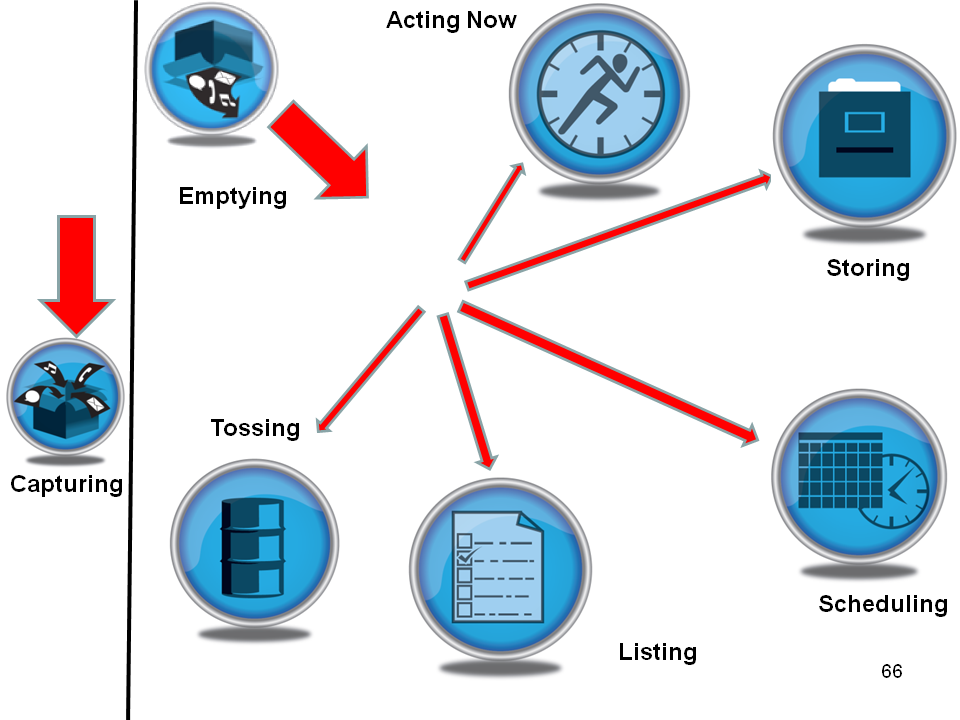Part 13 — The Switch Away from Persisting with Old Lessons
Why, in task management, you’ll need to switch from approaches that worked for you in the past


Problem
As a productivity enthusiast, you have made a number of positive changes to your task management. These were gratifying, and you want more of them to retain that thrill of learning. But have you reached the point where it’s difficult to make noticeable improvements? If so, it may be time to give up on the approaches that have worked so well up until now.
Most of the learning for beginners in task management tends to be easy to follow. It’s usually prescriptive, made up of precisely detailed behavioral rules compiled by a thoughtful guru. They make a difference quickly, in what some call “beginner’s luck”.
The temptation is to keep doing what you have always done. To follow the same advice that gave you the early gains.
However, you may find that it becomes more difficult to continue your personal growth. Why? The easy fixes have all been made. The next round won’t yield the same gains, and they are harder to uncover. At this point there are a few strategies you can pursue.
- A few people double down and try harder to implement their initial lessons. For example, some folks who picked up Getting Things Done by David Allen are urged to double down on his advice by others who are more experienced. They explain where the new follower isn’t actually implementing his advice correctly, with predictable results.
- Some look for a different prescription from a new guru. They still want to be told what to do, just by someone else.
- A handful make the switch. Sometimes without knowing, they follow the example of gurus who craft their own improvements, becoming self-coaches in their own right.
While it’s clear that the first approach doesn’t work, some find it difficult to give up their success formula. After all, most gurus don’t advise their followers to look for signs that it’s time to move on. They don’t talk about the switch — it’s no good for business.
Why Is This Important?
If you’re like most people, you stick to methods of learning that worked in the past, trusting them to deliver in the future. These tend to be pedagogical rather than androgogical lessons, meant for novices rather than experienced learners.
Now that you have some task management knowledge, it’s better to jump straight to a heutagogical approach, in which you drive your own learning.
What’s the Link to the Rapid Assessment Program (RAP)?
The RAP is designed for those who have already made the mental switch, but need tools to conduct their first systematic self-diagnosis of their task management methods. With pre-made tools and concepts, you can discern slight nuances which enable you to make Pareto Improvements. Now you can plan for the future.
Find out more about the MyTimeDesign Rapid Assessment Program in this webinar.
Part 13 — The Switch Away from Persisting with Old Lessons was originally published in 2Time Labs on Medium, where people are continuing the conversation by highlighting and responding to this story.








